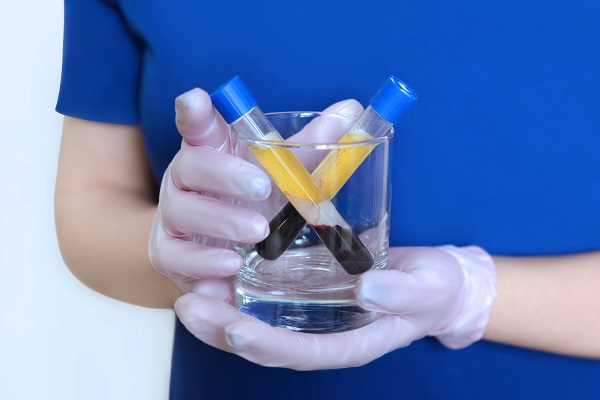What is PRP Therapy?

PRP therapy, or platelet-rich plasma therapy, is a revolutionary treatment method that uses one's own platelets to accelerate healing. Plasma is a constituent of the blood that has unique “elements” or proteins that aid in blood clotting. It also has proteins that promote cell growth. Scientists have been able to create PRP by separating the plasma from the blood and concentrating it.
The concept of PRP therapy is that infusing PRP into damaged tissues will encourage the body to form new, healthy cells and aid healing. Since the factors that contribute to tissue growth are high in the PRP injections, researchers believe it may help the body’s tissues heal quickly.
Platelet-rich plasma uses
Purpose of PRP therapy
Scientists are experimenting with different applications of PRP injections. The examples include uses for:
- Hair loss – physicians have infused PRP into the scalp to enhance hair growth and avert hair loss. Research published in 2014 showed that PRP injections can be used to treat androgenic alopecia (also called male pattern baldness) successfully.
- Tendon injuries – tendons are strong, dense bands of tissue that link the muscles to the bones. They heal very slowly after injury. Medical experts have used PRP injections as a treatment for severe tendon issues, such as Achilles tendonitis in the ankle, tennis elbow and jumper’s knee or ache in the patellar tendon in the knee.
- Acute injuries – acute sports injuries, including knee sprains and hamstring tears, can be treated with PRP therapy.
- Postsurgical repair – in some cases, a physician may opt for PRP treatment to restore a torn tendon or ligament after surgery.
- Osteoarthritis – people with osteoarthritis can also benefit from PRP injections. A study conducted in 2015 showed that PRP injections produced more significant results than hyaluronic acid injections (the regular treatment) for osteoarthritis. This theory is not conclusive because the trial involved only 160 people; larger trials are necessary to prove this.
Please note that none of these applications has been clinically proven to produce results.
Preparing for PRP therapy
PRP injections can take different forms. For instance, the medical professional may apply a numbing lidocaine mix topically to the area prior to injection. This may mean arriving early to the therapy session for this application. In other cases, the PRP may be blended with a local anesthetic to lessen discomfort. Sometimes, the doctor will infuse PRP during a surgical procedure. In this situation, getting ready for PRP therapy would mean observing your doctor’s advice before surgery.
The PRP injection procedure
A standard PRP therapy should follow the following steps:
- The healthcare expert will take a blood sample. The location of the PRP injection determines the amount of the sample. For instance, during a study, 20ml of blood (a bit larger than a teaspoon) was taken for a scalp injection.
- The blood is transferred to a centrifuge. This machine spins very fast, causing a separation of the blood elements. The separation should require around 15 minutes.
- A technologist will draw the separated plasma and gets it ready for injection.
- The doctor may use imaging, including ultrasound devices, to determine the particular site of injection and then infuse the PRP into the affected area.
- Normally, the entire procedure should take around an hour.
Request an appointment here: https://www.restowell.com or call Restoration Wellness at (937) 661-6060 for an appointment in our Hillsboro office.
Check out what others are saying about our services on Yelp: PRP Therapy in Hillsboro, OH.
Recent Posts
Wondering when joint pain treatment is necessary? According to Healthline, joint pain refers to discomfort, aches, and soreness in any of the body's joints. There are certain signs that warrant when treatment is necessary.There are many different things that can cause someone to experience joint pain, with rheumatoid diseases being one of the more common…
"I feel so much better now, so thank you and goodbye forever!" Almost every chiropractor has heard those words at some point, and they often have to encourage their patients to be, well, patient. People then respond in two ways. As soon as they feel better, some patients leave the chiropractor for the last time,…
Thinking sciatica pain treatment is in your near future? While sciatica can develop due to an injury, it often develops over a period of time. According to Spine Health, most people who experience sciatica typically get better within four to six weeks with non-surgical sciatica treatments.Considering undergoing sciatica pain treatment from a chiropractor? Chiropractors focus…
Regenerative medicine is the science of growing new human cells, tissues, and organs damaged by injury or disease. It is an emerging field that also has the potential to help people with chronic illnesses, such as diabetes and organ failure. Read on to learn about regenerative medicine and how you could benefit.Tissue engineering is a…


